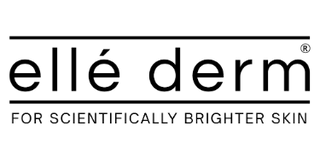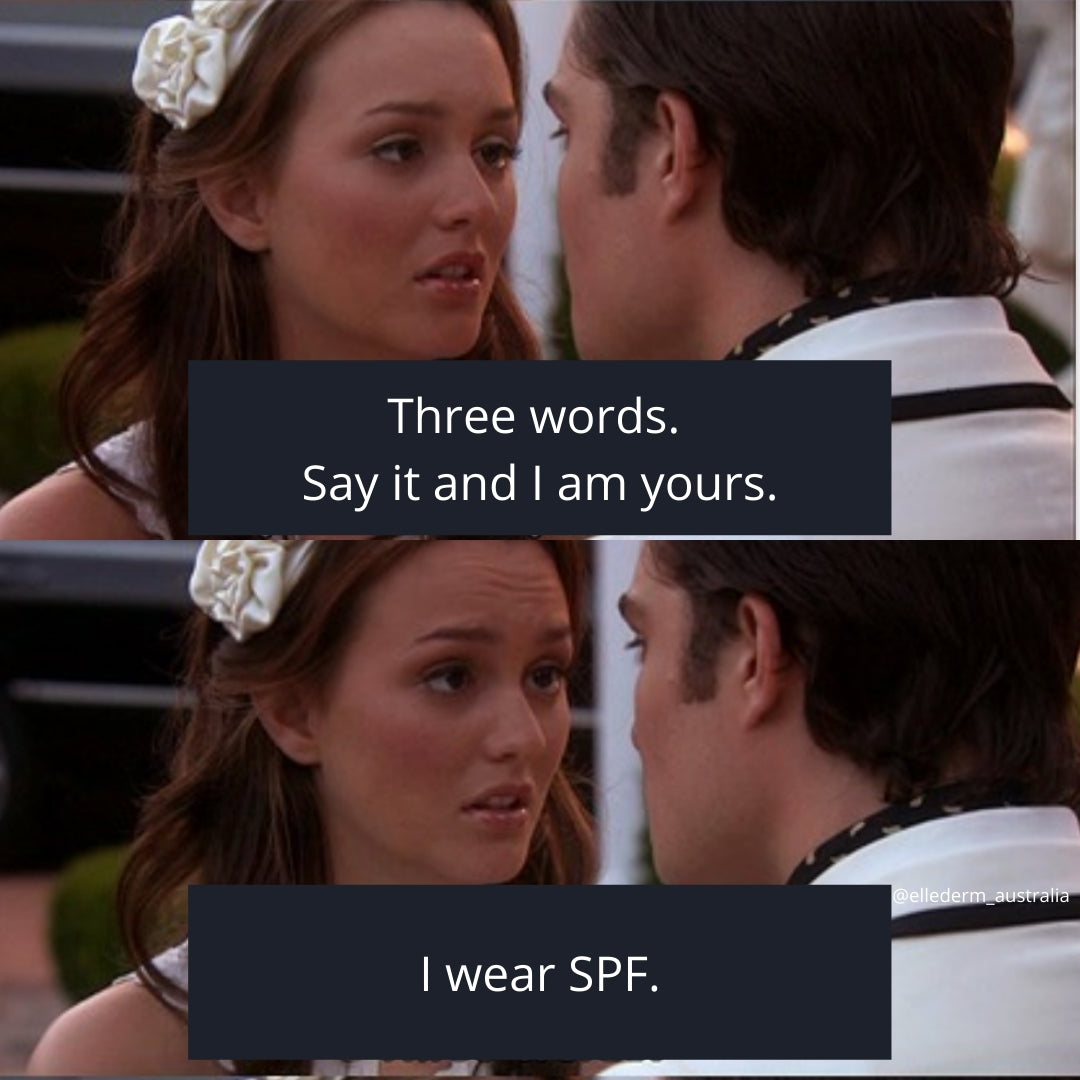Best Acne Treatments
You may have tried many products to keep your skin clear and blemish free but so far nothing has been successful. This article dives deep into the pathophysiology of acne and the treatment approach one should consider for long term management.
The cause of acne vulgaris, or commonly known as acne, is multifactorial and therefore the best acne treatment is a routine or combination of products that addresses the underlying cause of acne. The cause of acne can be due to one or a multiple of the following factors:
- Excess sebum production,
- Blocked hair follicle trapping oil and dead skin cells,
- Excess androgen production driven by hormones, and
- An imbalance of Propionibacterium acnes (P. acnes), a bacteria that commonly lives on the skin goes on to digest the sebum, causing blackheads and inflammation to the skin.
Adult acne or Hormonal Acne
Acne tends to affect teenagers between 14 years to 24 years old but research has shown acne can persist well into 30s and 40s (this is known as adult acne and is predominantly driven by an excess of androgen).
Androgen is a hormone and is present in both males and females. Androgen levels increase both in boys and girls during puberty. This is why many teenagers have acne while younger children do not. Also, girls reach puberty earlier than boys and so may develop acne at a younger age than boys.
The underlying pathophysiology of adult acne is much more complex and successful treatment requires correcting this imbalance at the hormone level (more on this in another article). This is why adult acne is also referred to as hormonal acne.
Over the Counter Treatment for Acne Vulgaris
The best acne treatment to remove acne marks and control acne should address the underlying cause to ensure long term success. Ideally, you want products that treat multiple factors so your routine stays simple and minimises the risk of adverse effects. Most people stop using their treatment because (a) Acne takes time to treat - usually about 2-4 weeks to see significant improvements and (b) Most people experience adverse effects and stop their treatment prematurely.
- Azelaic Acid: Azelaic acid has antimicrobial and anti-inflammatory properties, which make it effective in the treatment of skin conditions like acne and rosacea. The acid can also help treat acne marks and is a good option for acne with sensitive skin.
- Benzyl Peroxide: Benzyl Peroxide has mild antimicrobial activity and can also help to lighten acne marks. Benzyl Peroxide takes about 4 weeks to work on its own. One common side effect of Benzyl Peroxide is irritation to the skin and dryness. High doses of Benzyl Peroxide can irritate people with acne and sensitive skin.
- Salicylic Acid: Salicylic acid works to treat acne by unclogging blocked pores and has antimicrobial activity. Salicylic acid breaks down the bonds between dead skin cells and dissolves sebum. Salicylic acid also decreases the skin's sebum production and increase skin cell turnover. It usually come in the form of Salicylic Acid 2% cleanser or Salicylic Acid cream. Extremely high doses of Salicylic acid (usually 20% or more) can be used as a peeling agent to remove stubborn acne marks and dark spots. If you have sensitive skin, it is best to choose a cream or cleanser with Salicylic acid 2-5% to avoid irritation.
- Non prescription Retinoids: Retinol and Retinaldehyde have also been used for the management of acne. These Vitamin A derivatives aid in increasing skin cell turnover and prevent the blocking of pores. They also help control oil production. Retinaldehyde has been shown to be more effective in the management of mild to moderate acne with fewer side effects, making it more suitable for people with sensitive skin. The advantage of using Vitamin A derivatives over benzyl peroxide is that it works faster to remove acne marks and it also possess anti-ageing benefits, making it a more attractive option for some women. The disadvantage with Vitamin A derivatives is that they are not recommended during pregnancy.
Prescription Treatment for Acne Vulgaris
- Oral Isotretinoin - A prescription retinoid, Isotretinoin is commonly prescribed in severe acne resistant to other treatments. This decreases hyperkeratinsation and shrinks the size of pilosebaceous glands in the skin, resulting in a reduction in sebum production. Oral isotretinoin has no direct antimicrobial activity but it can create an unfavourable environment for P. acnes to colonise in. This is achieved by reducing the smooth endoplastic reticulum (SER) and reducing the size of the pilosebaceous duct.
- Oral contraceptive pill - this is especially useful in adult acne where there is a hormone imbalance driving excess androgen production.
- Oral or topical antibiotics - a short course of Doxycycline or Minocycline has shown to be successful in the management of cystic acne. Topical antibiotics combined with benzyl peroxide have also shown to be effective in the management of acne vulgaris.
- Compounding skincare for acne - Dermatologists may also prescribe a customised skincare product to treat acne. This is usually a combination of tretinoin and azelaic acid and is made up by a compounding pharmacy. Other commercially available products include Differin or Epiduo.
Diet and Acne
There are numerous studies to suggest that foods with a high glycemic index and dairy can exacerbate acne. Our next article will review the evidence behind this phenomenon.
Written by:
Helen Huynh (B Pharm) MPS
References:
- Benzyl Peroxide (2019). NHS UK. Accessed: https://www.nhs.uk/medicines/benzoyl-peroxide/
- Assessing Salicylic Acid for Acne (2021). Journal of US Pharmacist. Accessed: https://www.uspharmacist.com/article/assessing-salicylic-acid-for-acne#:~:text=Salicylic%20acid%20exerts%20its%20pharmacologic,to%20gently%20exfoliate%20the%20skin.
- Australian Medicines Handbook 2021
- Layton, A (2009). The use of Isotretinoin in Acne. Journal of Dematoendocronology. May-Jun; 1(3): 162–169.
- Del Rosso, J (2012). Face to Face with Isotretinoin. Journal of Aesthtic Dermatology. Nov; 5(11): 17–24



